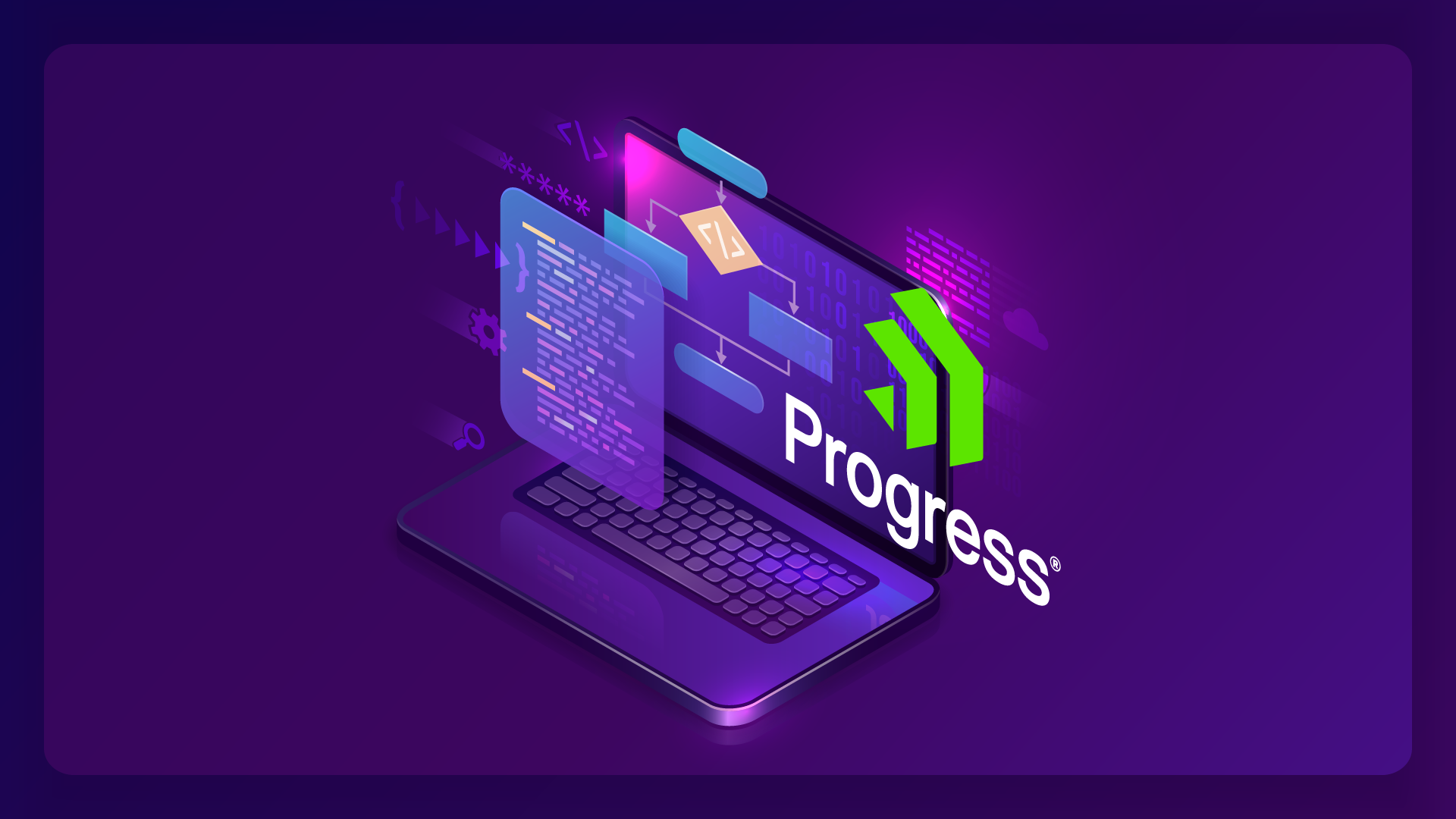A Business Primer for Progress 4GL (ABL)

In the ever-evolving landscape of application development, it’s essential to understand the evolution and continued relevance of Progress 4GL, also known now as ABL (Advanced Business Language).
In this blog, we will delve into its history, structural components, comparisons with modern full stacks, and best practices for Progress 4GL applications.
Background
Progress 4GL, created by Progress Software in the 1980s, was designed as a programming language for building robust and data-centric business applications.
Over the years, it has evolved from a simple language to a comprehensive platform for enterprise-level software development. It’s a hybrid procedural/object-oriented language that’s designed to develop enterprise-class business applications.
Progress 4GL was designed as an architecture independent language and integrated database system. It was designed to be used by non-experts who were knowledgeable in their business domain.
The Anatomy of the Progress Stack
Progress4GL offers more than just a programming language. It’s a complete ecosystem encompassing its own database management system (DBMS), known as Progress OpenEdge. This tightly integrated environment allows developers to build and deploy applications with minimal friction.
Pros:
- Data Integration: Progress 4GL and OpenEdge DBMS are integrated closely. The language provides advanced features for interactive data displays and for dynamic and flexible data manipulation.
- High Performance: The optimized DBMS offers excellent performance for data-intensive applications. It is designed to support complex business rules and calculations, making it a preferred choice for applications where intricate business processes are a significant component.
- Robust Security: Progress emphasizes security, providing features like encryption and access controls.
- Audit Trails: OpenEdge has features for managing historical data efficiently. This is especially useful for applications that need to maintain a record of changes over time.
- Multi-Model Support: OpenEdge DBMS supports both relational and non-relational (NoSQL) data models. This means it can handle structured and unstructured data, making it very versatile.
Cons:
- Learning Curve: New developers may find the 4GL syntax and concepts challenging initially.
- Licensing: Progress licenses are required, making it less accessible for smaller projects.
- Limited Modern Web Capabilities: Progress 4GL’s web development capabilities may fall short when compared to modern web stacks.
The tight integration with data that simplifies some aspects of development can also complicate maintenance. Changes in the database structure might require corresponding changes throughout the application, leading to potential maintenance challenges.
Cloud readiness of the Progress Stack
Progress DBMS can be deployed on cloud platforms like Azure or AWS. This offers inherent scalability advantages. You can scale the database up or down based on your application’s demand, which is particularly useful for handling varying workloads and ensuring high availability.
The applications can also be deployed on the cloud thus providing excellent scalability and load balancing. The elastic nature of the cloud allows for computing power allocation as needed. This scalability can also be automated, responding to changes in traffic or data volume dynamically.
In addition to load balancing on the application side, we can also implement database replication and clustering for the Progress DBMS. This allows for the distribution of database workloads across multiple nodes, enhancing performance and fault tolerance.
By deploying your Progress 4GL application on cloud infrastructure, leveraging load balancing, and implementing scalable strategies both on the application and database sides, you can ensure that your application remains responsive and reliable even under heavy loads. This scalability is crucial for businesses that anticipate growth and demand flexibility in their software solutions.
Comparing with Modern Full Stacks
Now, let’s compare Progress 4GL to some modern full stacks like the Microsoft stack (React, .NET Core, Azure SQL), or other popular combinations like React/PHP/MySQL, or Angular/Node.js/MySQL.
Modern full stacks are attractive and provide cutting-edge web development, offering a wide array of tools, libraries, and frameworks so that developers can create highly interactive and visually appealing applications.
There is also vast community support for these stacks. Cloud integration is also seamless, and cloud providers like AWS, Azure, and Google Cloud offer services tailored to the needs of modern applications, enhancing scalability.
Progress 4GL, on the other hand, carved a niche for itself in industries that prioritized data-centric and mission-critical applications. For example, manufacturing companies relying on complex inventory management systems or financial institutions handling sensitive transactions chose Progress 4GL. The language’s simplicity and its tight integration with the Progress OpenEdge DBMS allowed for rapid development, reducing time-to-market.
However, Progress 4GL can struggle to meet the demands of modern web development. Its web capabilities are not as advanced as those offered by modern stacks. Businesses aiming for highly interactive web applications may find Progress 4GL lacking in this regard. Additionally, as newer technologies rise in prominence, finding skilled Progress 4GL developers becomes more challenging.
Current State of Progress 4GL / ABL
Progress 4GL (ABL) can be considered a mature technology. It has been around since the 1980s, and many organizations have built and maintained critical business applications using this technology. It has a well-established track record of reliability and performance, especially for data-centric applications.
In certain industries like manufacturing, finance, and healthcare, organizations continue to use Progress 4GL for their existing systems. These systems are often deeply embedded in the core operations of the organization and are costly to replace.
New development on the Progress 4GL stack is less common compared to the adoption of more modern stacks. Developers and businesses often choose more contemporary technologies to take advantage of the latest features, libraries, and development methodologies.
Many organizations that have relied on Progress 4GL for years are now faced with decisions about whether to migrate to modern stacks to stay competitive, take advantage of cloud-based services, and meet evolving user expectations.
Summary
Progress 4GL (ABL) continues to serve the needs of organizations with existing systems built on this platform.
It has a rich history and remains a powerful choice for specific business applications, particularly those requiring data-centric solutions. However, it’s essential to evaluate the evolving needs of your project and be open to migration when the benefits of a modern stack outweigh the familiarity of Progress.
The decision to use Progress 4GL or migrate to a modern stack depends on factors like project requirements, budget, legacy system dependencies, and long-term business strategy.
Get in touch with us for Progress 4L (ABL) services.
